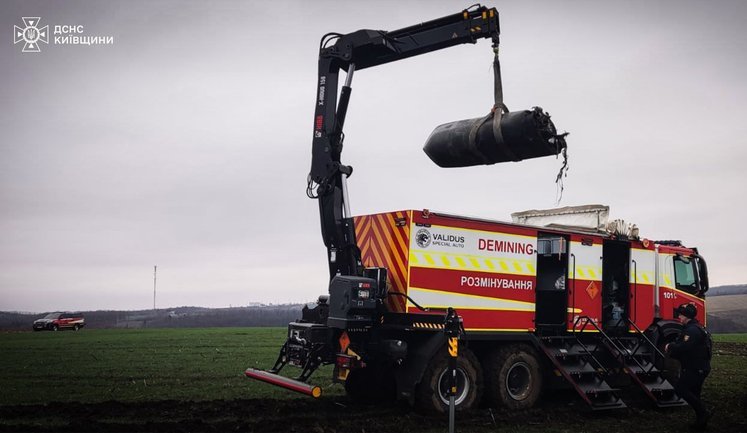Ukraine continues to defy Russian aggression with strategic defenses that have proven effective against the latest wave of cruise missile attacks. Ukrainian Mirage fighter pilots have downed a Kh-101 missile, while the "Buk-M1" air defense system successfully intercepted an Iskander-K cruise missile in the Sumy region. This comes amidst multiple reports of Russian forces utilizing various types of cruise missiles including Zircon, Kinzhal, and Kalibr, to target key Ukrainian infrastructures. The Ukrainian Armed Forces' air defenses have emerged as a critical deterrent, demonstrating remarkable success against these threats, while maintaining resilience against ongoing missile production and deployment efforts by Russia.
How effective are Ukrainian defenses against cruise missiles?
Ukraine's defenses have been quite effective in intercepting Russian cruise missiles, evident from their successful downing of Kh-101 and Iskander-K types. The Air Force's modern equipment coupled with tactical operations has allowed considerable success in mitigating missile threats, sustaining their ability to protect critical infrastructure despite ongoing assaults.
What types of cruise missiles are being used by Russia in their attacks on Ukraine?
Russia has employed an array of cruise missiles in their attacks on Ukraine, including Kh-101, Iskander-K, Kalibr, and Kinzhal variants. These missiles are deployed alongside drones and other aerial weapons, forming a complex offensive strategy aimed at overwhelming Ukrainian defenses.
How has Ukraine responded to the increasing cruise missile threats?
Ukraine has responded to cruise missile threats by enhancing its air defense systems and leveraging international military aid, including advanced weaponry and interceptor systems. Continuous collaboration and strategic focus on targeting incoming threats have fortified Ukraine's resilience against the Russian missile offensive.
Are there specific regions in Ukraine that Russia targets with cruise missiles?
Russian attacks with cruise missiles often target critical infrastructure in various regions across Ukraine, including energy and gas facilities. There has been significant focus on urban centers and strategic sites, such as Kyiv, Sumy, and other pivotal areas, in an effort to destabilize Ukrainian logistics and defenses.
What international support has Ukraine received to counter cruise missile attacks?
Ukraine has garnered significant international support, receiving military aid from allies such as France and Germany, including advanced missile systems like the long-range SCALP and potentially the German Taurus missiles. This support aids in enhancing Ukraine's defense capabilities against sophisticated missile threats from Russia.


































































